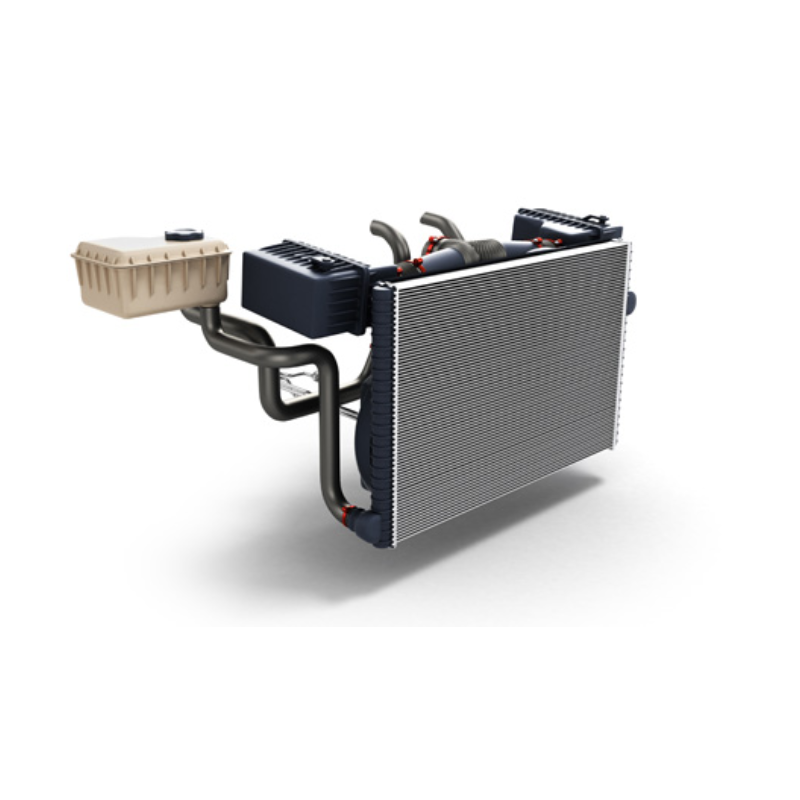

The engine radiator, also known as the engine water tank, is a key component of the water-cooled engine cooling system. The engine is cooled by forced water circulation, which is a heat exchange device that ensures the continuous operation of the engine within the normal temperature range. Let us introduce the role of the engine radiator and the working principle of the engine radiator.
The role of the engine radiator, the working principle of the engine radiator-Principle
The radiator works by using the heat energy lost by the cooling liquid. In order to ensure the proper temperature of the internal combustion engine, the heat loss of the cooling water is indispensable. Generally, the water pump driven by the engine is used to force the circulation of cooling water in all parts of the engine. The device that absorbs the heat generated by the engine and dissipates it into the air is the radiator.

The role of the engine radiator, the working principle of the engine radiator-Basic Performance
The basic performance of the radiator is characterized by various temperatures and heats before and after the heat exchange between the air of the low temperature fluid and the water of the high temperature fluid. It is determined by the temperature of the air and water at the inlet of the radiator, the entire heat dissipation area of the radiator, the heat transmission rate, the temperature of the air after heat absorption when each fluid (air, water) receives heat, the temperature of the water after heat release, and the temperature of the water. It is determined by the amount of heat released (the amount of heat absorbed by the air). Whether the heat release is consistent with the desired target temperature is the basis for determining the basic performance of the heat sink.
High air velocity and flow through the radiator to enhance the heat dissipation capacity of the radiator and cool engine accessories. Close the water inlet to prevent splashing during cooling night; discharge the water vapor in the cooling system (steam discharge pipe) to reduce pressure; balance the pressure in the cooling system and increase the pressure.